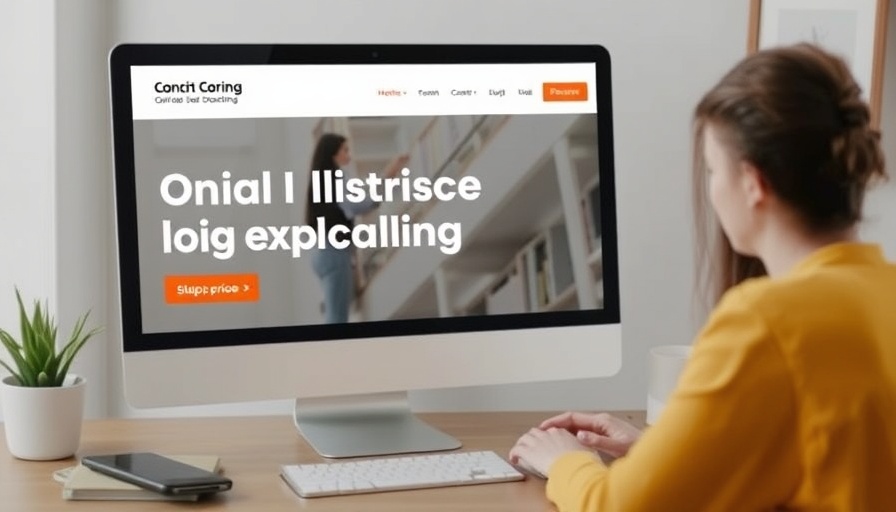
Understanding the Complexities of Autistic Romantic Relationships
Relationships are fundamental to human experience, but they can present unique challenges, especially for autistic individuals. In her enlightening session, occupational therapist and advocate, Holly Sprake-Hill, provided invaluable insights into how autistic adults navigate romances, shedding light on their realities and the societal misconceptions they face.
Neurodiversity and Relationship Dynamics
Sprake-Hill emphasizes that neurodivergence encompasses a wide spectrum of experiences, including autism and ADHD, and should not be perceived solely through a medical lens. The increasing visibility of autistic individuals, particularly among adults over 50, necessitates a shift in societal understanding. Contrary to traditional stereotypes, many autistic people deeply value connections and seek meaningful relationships.
The Challenges Faced by Autistic Individuals in Relationships
Several factors complicate relationship dynamics for autistic individuals. First, their communication styles can differ significantly from neurotypical norms, often leading to misunderstandings. Autistic people may express themselves authentically, yet this can sometimes diverge from what partners expect, creating friction in conversations.
Another critical factor is masking; many autistic individuals engage in the exhausting practice of mimicking neurotypical behavior to fit in, which can lead to burnout and diminished relationship satisfaction. This adaptive behavior, while often necessary, can hinder authentic connections and emotional availability.
Sprake-Hill also speaks on monotropism, where an intense focus on specific interests may unintentionally overshadow the partner's needs, leading to feelings of neglect. Furthermore, sensory differences, particularly in how affection is expressed or experienced, can also introduce additional layers of complexity into romantic relationships.
Debunking Myths Around Empathy
A particularly striking assertion from Sprake-Hill's insights is the misconception surrounding empathy in autistic individuals. They are often inaccurately characterized as lacking empathy; however, many experience profound emotional connections, albeit expressed in ways that might not align with conventional expectations. Autistic individuals can “love deeply”, showcasing care through unique gestures often overlooked by neurotypical partners.
Strategies for Building Stronger Connections
For couples navigating the nuances of autistic relationships, open communication remains imperative. Engaging in honest conversations about sensory needs, emotional expressions, and personal boundaries can foster greater understanding and closeness.
Using visual aids or written forms of communication may also help bridge gaps in understanding, allowing both partners to articulate their feelings and needs more clearly. Additionally, seeking support through therapy or support groups designed for neurodiverse couples can be incredibly beneficial.
Embracing Neurodiversity to Improve Relationships
In moving toward a more inclusive society, recognizing and embracing neurodiversity is key. Both partners in a relationship should educate themselves about each other’s experiences and perspectives, fostering compassion and acceptance. This mindset shift not only enriches romantic relationships but also enhances interpersonal interactions across various contexts.
As we celebrate these insights from Holly Sprake-Hill, it’s vital to acknowledge that while every relationship has its challenges, greater empathy and understanding can lead to richer and more fulfilling connections for everyone involved.
Call to Action: We invite you to take steps toward promoting understanding of neurodivergent experiences within your communities. Share this article and foster conversations about the realities of autistic romantic relationships. Together, we can help reshape narratives and create a more inclusive world for all.
 Add Row
Add Row  Add
Add 




Write A Comment